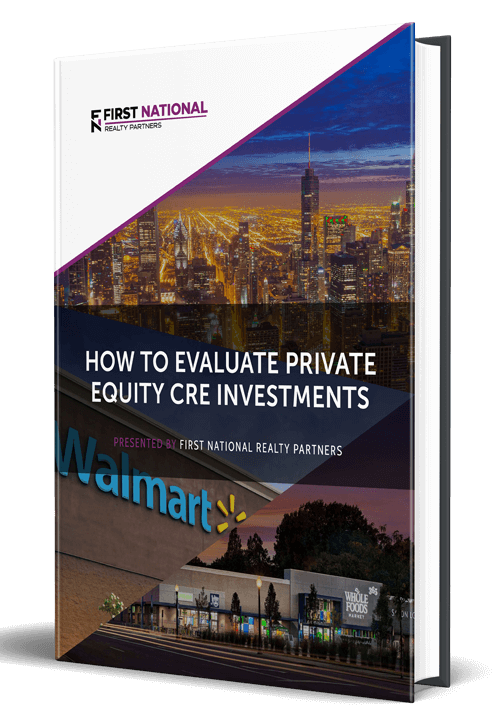Prior to committing capital to a commercial real estate investment, a rational investor seeks to understand the relationship between the investment’s risk and the potential return for taking it. To ensure that all angles are covered when evaluating a potential return, there are a variety of metrics that are used by commercial real estate investors, including: internal rate of return (IRR), equity multiple, cash on cash return, capitalization rate (Cap Rate), and net present value. While all of these are important – and useful – there is another metric that is less commonly used, but equally as important as those listed above. It is called the Gross Rent Multiplier or “GRM” for short.
Gross Rent Multiplier – Defined
Gross Rent Multiplier is a commercial real estate investment metric that indicates how many years it would take an investment property to pay for itself based on the amount of gross rental income that it produces. The formula for calculating Gross Rent Multiplier is relatively simple, it is:

Let’s explore each of these components. A property’s price is fairly self explanatory. It is either the seller’s asking price and/or the planned purchase price if it is different than the asking price.
Potential gross income can be a bit more complicated to calculate. When evaluating a property for purchase, it is common to review the income statement for the previous 12 months. This review provides an indication of what property revenue was, but not what it could be in the future. Often, properties have rents that are below the current market or they are acquired with the intent to add value and raise the rents. In either case, the number that needs to be used in the denominator is a best estimate of post-purchase gross rental income, which is often based on comparable properties in the same market.
With the components addressed, an example is helpful. Assume that a property has an asking price of $10,000,000 and estimated gross rental income of $1,000,000 in the first year. With these figures, the Gross Rent Multiplier is calculated to be 10x ($10,000,000 / $1,000,000), which means that it would take 10 years for an investor to recover the purchase price based on gross income alone.
Why Gross Rent Multiplier is Useful
Gross Rent Multiplier has two primary functions: to filter through a high volume of potential investment opportunities and to compare one rental property to another.
As a filter, Gross Rent Multiplier is useful because it is quick and simple to calculate, which allows an investor to quickly sort through opportunities based on a defined requirement. For example, assume that an investor mandates that all of their purchases must have a gross rent multiplier of 8x or less. With this information, an analyst could quickly screen all incoming opportunities and eliminate those that don’t meet this requirement.
As a basis for comparison, Gross Rent Multiplier is useful because it allows an analyst to quickly compare similar properties to see which one is more expensive. For example, assume that two properties are physically identical and are both expected to produce $500,000 of gross income in their first year. One of them has an asking price of $4,500,000 and the other has an asking price of $4,000,000. The first property would have a Gross Rent Multiplier of 9X ($4,500,000 / $500,000) and the other property has a GRM of 8X ($4,000,000 / $500,000). All things being equal, the property with the lower GRM represents the better value.
Limitations of Gross Rent Multiplier
While Gross Rent Multiplier can be very useful for the reasons described above, it also has a major limitation in that it only looks at a property’s gross income. However, commercial real estate assets are valued based on the amount of net operating income or “NOI” that they produce, not gross rental income.
Using the Gross Rent Multiplier to measure a return is kind of like using revenue to measure the value of a corporation. It completely ignores a property’s operating expenses (like property taxes), market appreciation, cash flow, local market dynamics, vacancy rates, and leverage provided by lenders, all of which are incredibly important components when trying to determine a property’s future market value.
For this reason, GRM should be used as one of many due diligence tools to evaluate an investment’s potential return.
Interested In Learning More?
First National Realty Partners is one of the country’s leading private equity commercial real estate investment firms. We leverage our decades of expertise and our available liquidity to find world-class, multi-tenanted assets below intrinsic value. In doing so, we seek to create superior long-term, risk-adjusted returns for our investors while creating strong economic assets for the communities we invest in.
When evaluating our own investment opportunities, we always use Gross Rent Multiplier, along with other important return metrics to understand a property’s true return potential.
If you are an Accredited Investor and would like to learn more about our investment opportunities, contact us at (800) 605-4966 or info@fnrpusa.com for more information.






